As a leading manufacturer in the transportation industry, CarMax Vehicle understands the critical importance of adhering to tanker regulations. Ensuring compliance not only guarantees the safety of goods and personnel but also enhances operational efficiency and fosters trust with clients. This guide delves into the intricacies of tanker regulations, providing a detailed analysis to help businesses navigate this complex landscape effectively.
Understanding Tanker Regulations
Tanker regulations encompass a broad spectrum of standards and guidelines designed to ensure the safe transportation of liquid and gaseous cargo. These regulations are established by various authorities, including national governments, international bodies, and industry-specific organizations.
Key Regulatory Bodies
| Regulatory Body | Jurisdiction | Scope |
|---|---|---|
| U.S. Department of Transportation (DOT) | United States | Safety standards, hazardous materials transportation, vehicle specifications |
| European Union Agency for Railways (ERA) | European Union | Rail tanker standards, safety protocols, environmental regulations |
| International Maritime Organization (IMO) | Global | Maritime tanker safety, pollution prevention, transportation standards |
| Occupational Safety and Health Administration (OSHA) | United States | Workplace safety regulations related to tanker operations |

Safety Standards for Tanker Design and Construction
Ensuring that tankers meet stringent safety standards is paramount. These standards cover various aspects, including structural integrity, material quality, and safety features.
Structural Integrity
Tankers must be constructed to withstand the pressures and stresses encountered during transportation. This involves:
- Material Selection: Using high-grade steel or alternative materials resistant to corrosion and impact.
- Reinforcement Techniques: Implementing ribbing and bracing to enhance strength.
- Welding Standards: Adhering to precise welding protocols to prevent leaks and structural failures.
Material Quality
The materials used in tankers are critical for maintaining the integrity of the cargo. Key considerations include:
- Compatibility: Ensuring materials do not react adversely with the transported substances.
- Durability: Selecting materials that can endure environmental factors such as temperature fluctuations and exposure to chemicals.
- Maintenance: Facilitating ease of inspection and repair to extend the lifespan of the tanker.

Safety Features
Incorporating advanced safety features mitigates the risk of accidents and spills. Essential safety features include:
- Pressure Relief Valves: Preventing over-pressurization within the tanker.
- Emergency Shutoff Systems: Automatically stopping operations in the event of a malfunction.
- Fire Suppression Systems: Reducing the risk of fire through integrated suppression mechanisms.
Compliance with Hazardous Materials Regulations
Transporting hazardous materials (hazmat) involves stringent compliance with specific regulations to ensure safety and minimize environmental impact.
Classification of Hazardous Materials
Hazmat is classified into various categories based on its properties and risks:
| Class | Description | Examples |
|---|---|---|
| 1 | Explosives | Ammunition, fireworks |
| 2 | Gases | Propane, oxygen |
| 3 | Flammable liquids | Gasoline, ethanol |
| 4 | Flammable solids, substances liable to spontaneous combustion | Sulfur, magnesium |
| 5 | Oxidizing substances and organic peroxides | Hydrogen peroxide, bleach |
| 6 | Toxic and infectious substances | Pesticides, medical waste |
| 7 | Radioactive materials | Uranium, medical isotopes |
| 8 | Corrosive substances | Battery acid, sodium hydroxide |
| 9 | Miscellaneous dangerous goods | Asbestos, dry ice |

Documentation and Labeling
Accurate documentation and proper labeling are crucial for the safe transport of hazmat:
- Safety Data Sheets (SDS): Detailed information on the properties, hazards, and handling procedures of the materials.
- Proper Shipping Name and UN Number: Standardized identifiers for each hazardous material.
- Placards and Labels: Visible markings indicating the type of hazard, facilitating quick identification during emergencies.
Training and Certification
Personnel involved in the handling and transportation of hazardous materials must undergo specialized training:
- Hazardous Materials Endorsement (HME): Required for drivers transporting hazmat in the United States.
- Regular Refresher Courses: Ensuring up-to-date knowledge of regulations and safety practices.
- Emergency Response Training: Equipping staff with the skills to manage incidents effectively.
Environmental Regulations and Sustainability
Environmental considerations are increasingly integral to tanker regulations, emphasizing the reduction of pollution and the promotion of sustainable practices.
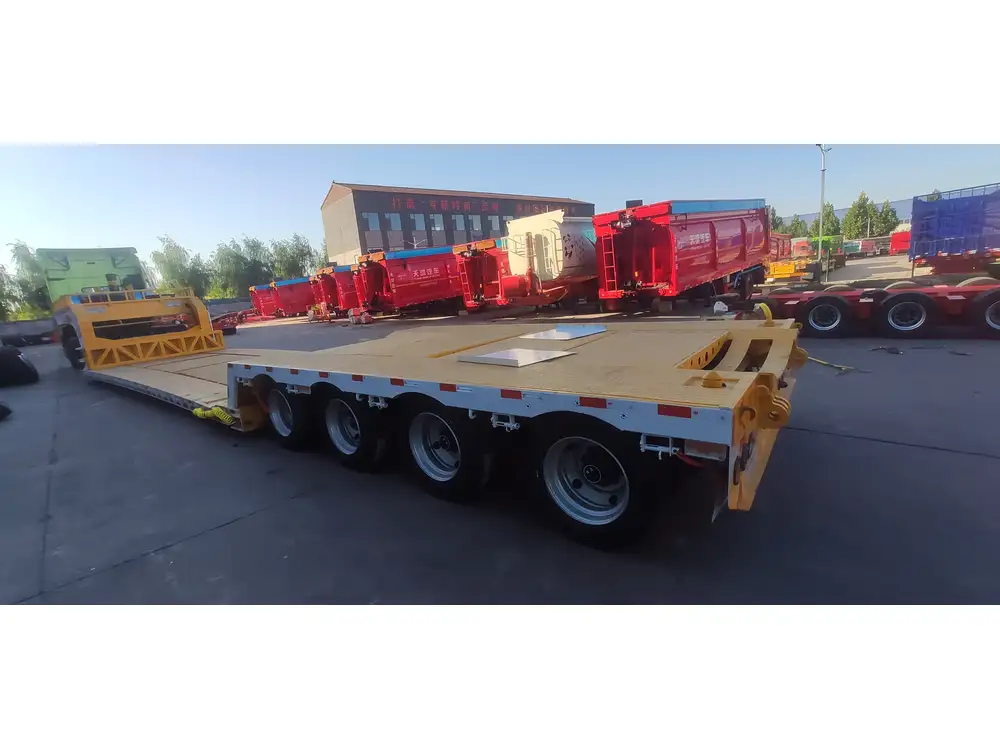
Emission Standards
Tanker operations must comply with emission standards to minimize their environmental footprint:
- Greenhouse Gas (GHG) Emissions: Regulations targeting reductions in carbon dioxide and other GHGs.
- Particulate Matter Limits: Controlling the emission of fine particles that contribute to air pollution.
- Fuel Efficiency Requirements: Encouraging the use of fuel-efficient technologies and practices.
Spill Prevention and Response
Preventing and effectively responding to spills is a critical aspect of environmental regulation:
- Double-Hulled Tankers: Providing an additional layer of protection against leaks and spills.
- Spill Containment Systems: Implementing barriers and absorbents to contain accidental releases.
- Emergency Response Plans: Developing comprehensive strategies for rapid and effective spill management.
Waste Management
Proper disposal and recycling of tanker-related waste are mandated to protect the environment:
- Hazardous Waste Disposal: Adhering to protocols for disposing of contaminated materials.
- Recycling Initiatives: Promoting the reuse and recycling of tanker components and materials.
- Regulatory Reporting: Documenting waste management practices to ensure compliance with environmental laws.

Regional Differences in Tanker Regulations
Tanker regulations can vary significantly across different regions, necessitating a thorough understanding of local requirements.
North America
In North America, regulations are primarily governed by the U.S. DOT and Transport Canada, focusing on safety standards, hazmat transportation, and environmental protection.
- U.S. Pipeline and Hazardous Materials Safety Administration (PHMSA): Oversees the safe transportation of hazardous materials.
- Canada’s Transportation of Dangerous Goods (TDG) Regulations: Similar to PHMSA, focusing on the safe handling and transport of dangerous goods.
Europe
The European Union implements comprehensive tanker regulations through bodies like the ERA, emphasizing harmonization across member states.
- ADR Agreement: European agreement concerning the international carriage of dangerous goods by road.
- EU Emission Trading System (ETS): Regulating greenhouse gas emissions from transportation sectors.

Asia-Pacific
Countries in the Asia-Pacific region have diverse regulatory frameworks, often influenced by international standards but tailored to local contexts.
- China’s Ministry of Transport (MOT): Regulates tanker operations within China, focusing on safety and environmental standards.
- Australia’s National Heavy Vehicle Regulator (NHVR): Sets standards for heavy vehicle safety, including tankers.
Middle East and Africa
Tanker regulations in these regions are evolving, with increasing alignment towards international standards to support growing transportation sectors.
- Gulf Cooperation Council (GCC): Regional standards for tanker operations within member states.
- South Africa’s National Regulator for Compulsory Specifications (NRCS): Ensures compliance with safety and environmental standards.
Best Practices for Compliance and Safety
Adhering to tanker regulations requires implementing best practices that go beyond basic compliance, enhancing overall safety and efficiency.

Regular Inspections and Maintenance
Consistent inspections and maintenance are vital for identifying and addressing potential issues before they escalate.
- Routine Checks: Conducting daily inspections of tanker integrity, safety systems, and load security.
- Scheduled Maintenance: Performing preventive maintenance based on manufacturer recommendations and regulatory requirements.
- Documentation: Maintaining detailed records of inspections and maintenance activities to demonstrate compliance.
Advanced Training Programs
Investing in comprehensive training programs ensures that all personnel are equipped with the necessary skills and knowledge.
- Initial Training: Providing foundational education on tanker regulations, safety protocols, and operational procedures.
- Ongoing Education: Offering continuous training opportunities to keep staff updated on regulatory changes and industry advancements.
- Certification Programs: Encouraging staff to obtain relevant certifications that validate their expertise and commitment to safety.
Technology Integration
Leveraging technology can significantly enhance compliance and operational efficiency.
- Telematics Systems: Monitoring tanker performance, route optimization, and real-time tracking to ensure adherence to regulations.
- Automated Compliance Tools: Utilizing software solutions to manage documentation, reporting, and regulatory updates.
- Safety Management Systems (SMS): Implementing integrated systems that oversee safety protocols, incident reporting, and risk assessments.

Collaboration with Regulatory Bodies
Maintaining open lines of communication with regulatory authorities fosters a proactive approach to compliance.
- Regular Consultations: Engaging with regulators to stay informed about upcoming changes and expectations.
- Feedback Mechanisms: Providing input on regulatory developments and sharing industry insights to shape effective policies.
- Compliance Audits: Participating in audits and inspections conducted by regulatory bodies to ensure ongoing adherence to standards.
Role of Manufacturers in Ensuring Compliance
Manufacturers like CarMax Trailer play a pivotal role in facilitating compliance with tanker regulations by designing and producing compliant, high-quality tankers.
Designing for Compliance
Incorporating regulatory standards into the design phase ensures that tankers meet all safety and performance requirements.
- Regulatory Alignment: Designing tankers in accordance with regional and international regulations from the outset.
- Feature Integration: Including necessary safety features, such as pressure relief valves and spill containment systems, in the design.
- Customization Options: Offering tailored solutions to meet specific regulatory needs of different markets.

Quality Assurance
Implementing rigorous quality assurance processes guarantees that each tanker meets the highest standards of safety and reliability.
- Material Testing: Conducting thorough testing of materials for durability, compatibility, and resistance to environmental factors.
- Manufacturing Standards: Adhering to industry best practices and standards throughout the production process.
- Final Inspections: Performing comprehensive inspections before delivery to ensure compliance and functionality.
Providing Support and Resources
Manufacturers support clients in maintaining compliance through comprehensive support services and resources.
- Technical Documentation: Supplying detailed manuals and documentation that outline compliance measures and operational guidelines.
- Training Programs: Offering training sessions on proper tanker usage, maintenance, and regulatory adherence.
- After-Sales Support: Providing ongoing support for troubleshooting, repairs, and updates to ensure sustained compliance.
Impact of Non-Compliance
Failing to comply with tanker regulations can have severe repercussions, both legally and financially.
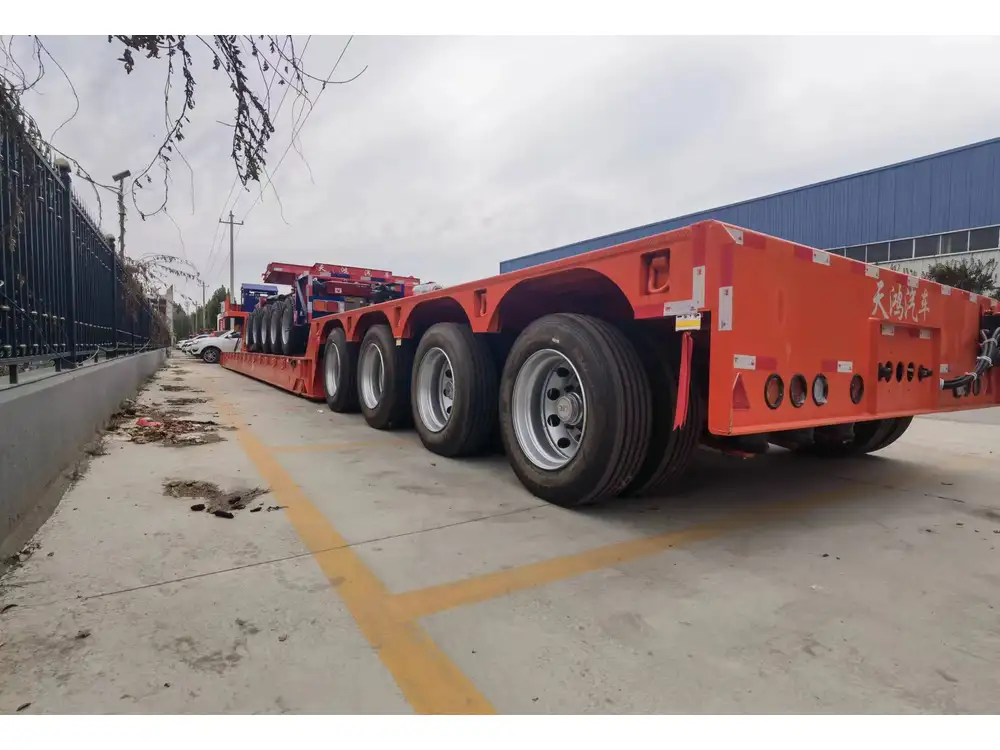
Legal Consequences
Non-compliance can result in substantial legal penalties, including fines, sanctions, and potential shutdowns.
- Fines and Penalties: Imposing significant financial burdens on businesses for regulatory violations.
- Operational Restrictions: Enforcing limitations on tanker operations, affecting business continuity.
- Legal Liability: Holding companies accountable for accidents or environmental damage resulting from non-compliance.
Financial Implications
Beyond legal fines, non-compliance can lead to unexpected financial losses.
- Operational Downtime: Interruptions in transportation services due to regulatory enforcement actions.
- Increased Insurance Premiums: Higher insurance costs resulting from a poor compliance record.
- Reputation Damage: Eroding trust with clients and partners, potentially leading to loss of business opportunities.
Safety Hazards
Non-compliance directly impacts the safety of operations, increasing the risk of accidents and environmental harm.
- Accidents and Spills: Higher likelihood of incidents that can cause injury, damage property, and pollute the environment.
- Workplace Hazards: Compromising the safety of employees due to inadequate safety measures.
- Environmental Impact: Contributing to environmental degradation through improper handling and transportation of hazardous materials.
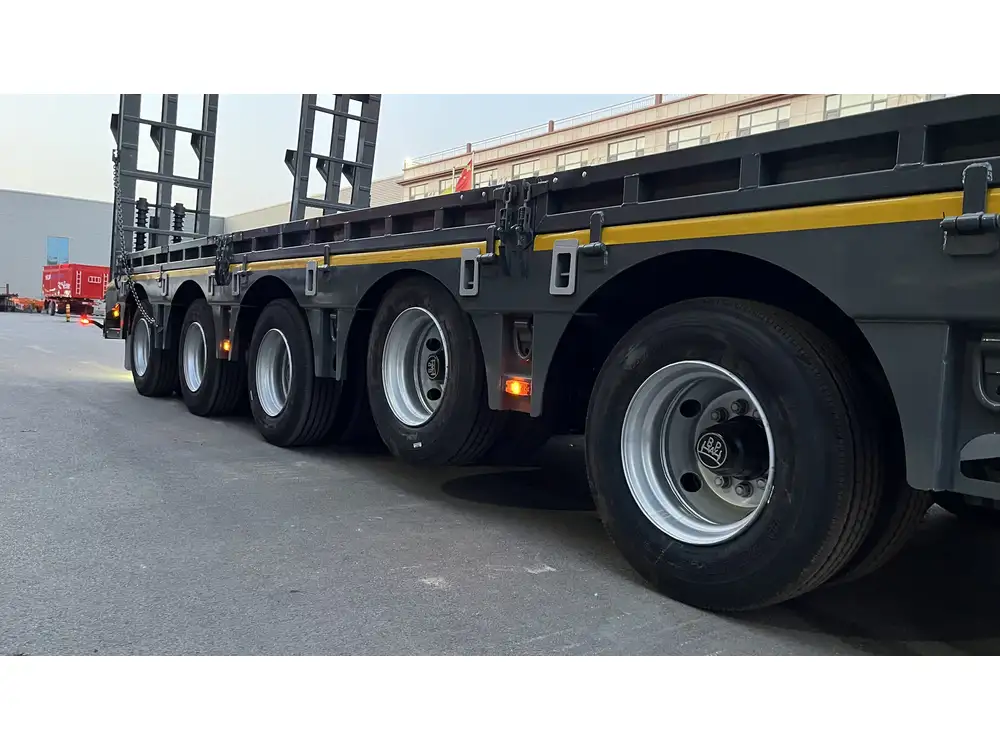
Future Trends in Tanker Regulations
The landscape of tanker regulations is continually evolving, influenced by technological advancements, environmental concerns, and industry innovation.
Integration of Sustainable Practices
Sustainability is becoming a cornerstone of tanker regulations, driving the adoption of eco-friendly practices.
- Alternative Fuels: Promoting the use of cleaner fuels to reduce emissions and environmental impact.
- Eco-Friendly Materials: Encouraging the use of sustainable materials in tanker construction.
- Energy-Efficient Technologies: Implementing technologies that enhance fuel efficiency and reduce operational costs.
Enhanced Safety Technologies
Advancements in technology are enhancing the safety and reliability of tanker operations.
- Autonomous Systems: Utilizing automated systems for monitoring and managing tanker operations to reduce human error.
- Advanced Sensors: Deploying sensors for real-time monitoring of tanker conditions, such as pressure, temperature, and leak detection.
- Predictive Maintenance: Leveraging data analytics to predict and prevent potential failures before they occur.
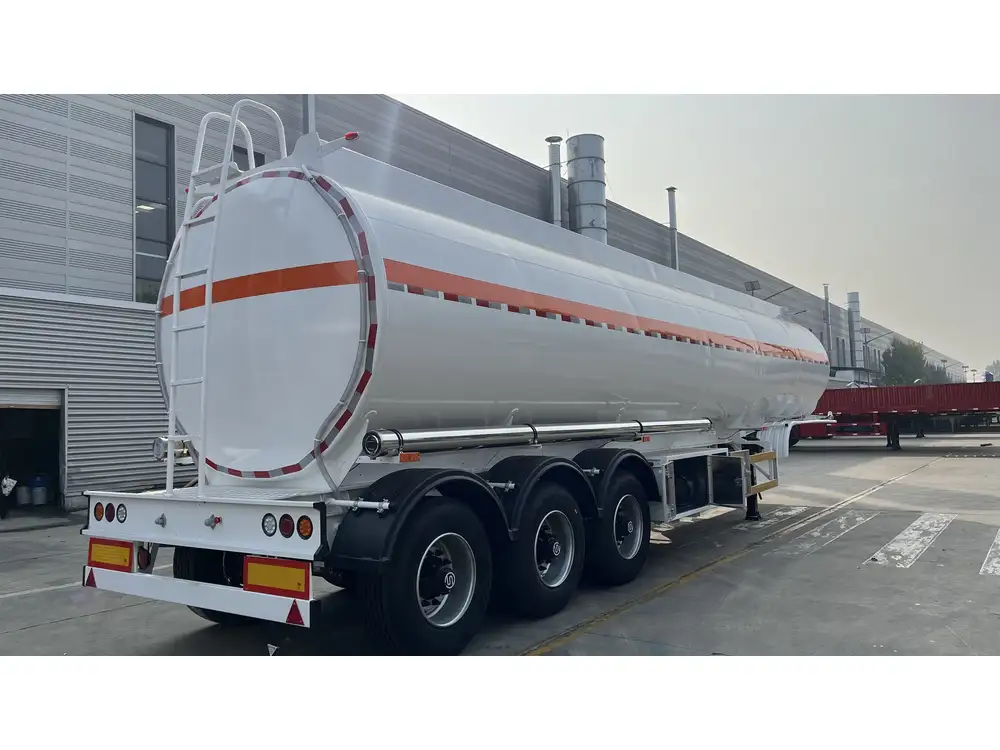
Stricter Environmental Regulations
Increasing environmental awareness is leading to more stringent regulations aimed at minimizing the ecological footprint of tanker operations.
- Carbon Neutral Goals: Legislating targets for carbon neutrality within transportation sectors.
- Strict Spill Response Requirements: Mandating rapid and effective spill response strategies to mitigate environmental damage.
- Enhanced Reporting Standards: Requiring detailed reporting of environmental impacts and compliance measures.
Global Harmonization of Standards
Efforts to harmonize tanker regulations globally are facilitating smoother international operations and reducing regulatory complexities.
- International Standards Adoption: Aligning national regulations with international standards set by organizations like the IMO.
- Cross-Border Compliance Measures: Streamlining compliance processes for tankers operating across multiple jurisdictions.
- Collaborative Regulatory Development: Engaging in international collaborations to develop unified safety and environmental standards.
Leveraging Expertise from CarMax Trailer
At CarMax Trailer, we are committed to supporting our clients in navigating the complexities of tanker regulations. Our expertise in tanker design and manufacturing ensures that our products are not only compliant with current regulations but also adaptable to future changes.

Customized Solutions
We offer tailored tanker solutions that cater to the specific regulatory requirements of different regions and industries.
- Regional Compliance: Designing tankers that meet the unique standards of various geographical areas.
- Industry-Specific Designs: Creating specialized tankers for diverse industries, such as chemical, oil, and food transportation.
- Modular Configurations: Providing flexible designs that allow for easy modifications to adhere to evolving regulations.
Comprehensive Support Services
Our commitment extends beyond manufacturing, providing holistic support to ensure sustained compliance and operational excellence.
- Regulatory Consultation: Advising clients on the latest regulatory developments and compliance strategies.
- Maintenance and Repair Services: Offering reliable maintenance services to uphold tanker integrity and safety.
- Training Programs: Facilitating training sessions to educate clients on best practices and regulatory adherence.
Innovation and Sustainability
Embracing innovation and sustainability, CarMax Trailer integrates cutting-edge technologies and eco-friendly practices into our tanker designs.
- Smart Technologies: Incorporating advanced monitoring systems for enhanced safety and efficiency.
- Sustainable Materials: Utilizing eco-friendly materials to reduce environmental impact and comply with green regulations.
- Energy-Efficient Designs: Developing tankers that optimize fuel consumption and minimize emissions.
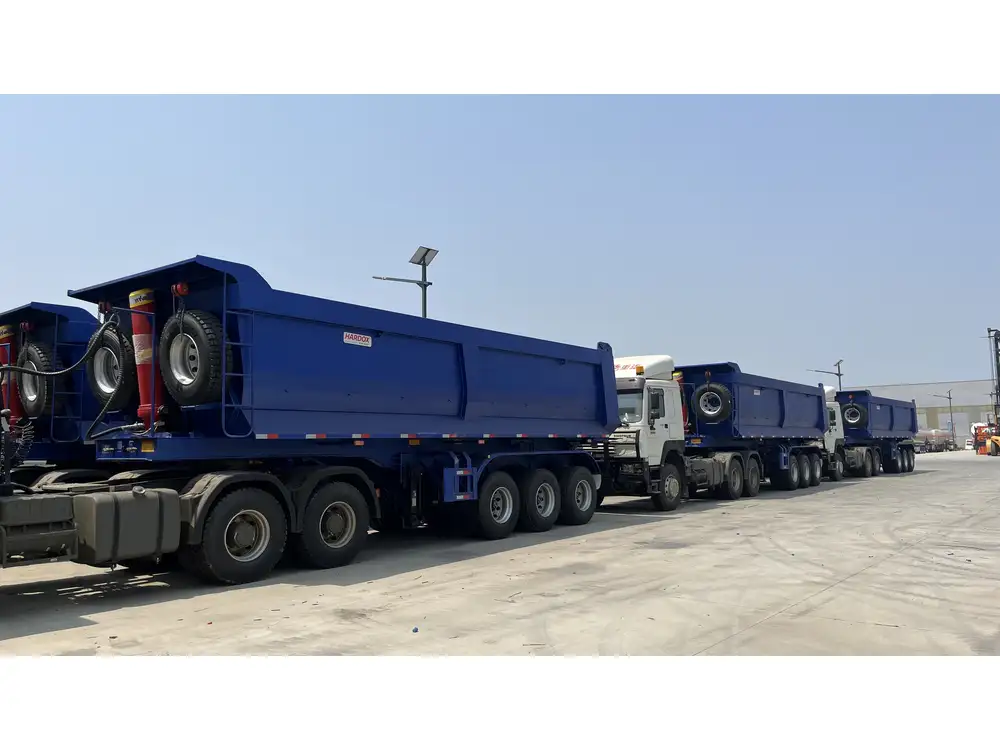
Conclusion
Navigating tanker regulations is a multifaceted challenge that requires a thorough understanding of safety standards, hazardous materials protocols, environmental considerations, and regional differences. By adhering to these regulations and implementing best practices, businesses can ensure the safe and efficient transportation of goods, mitigate risks, and foster long-term success.
CarMax Vehicle and CarMax Trailer are dedicated to providing compliant, high-quality tanker solutions that support our clients in achieving regulatory excellence. Through our expertise, innovative designs, and comprehensive support services, we empower businesses to navigate the complexities of tanker regulations with confidence and ease.
Frequently Asked Questions (FAQs)
1. What are the main differences between tanker regulations in the United States and Europe?
Tanker regulations in the United States are primarily governed by the Department of Transportation (DOT) and focus on safety standards, hazardous materials transportation, and environmental protection. In contrast, Europe follows regulations set by the European Union Agency for Railways (ERA) and the ADR Agreement, which emphasize harmonization across member states, stricter emission standards, and comprehensive spill prevention measures. While both regions prioritize safety and environmental concerns, the specific requirements and enforcement mechanisms may vary.
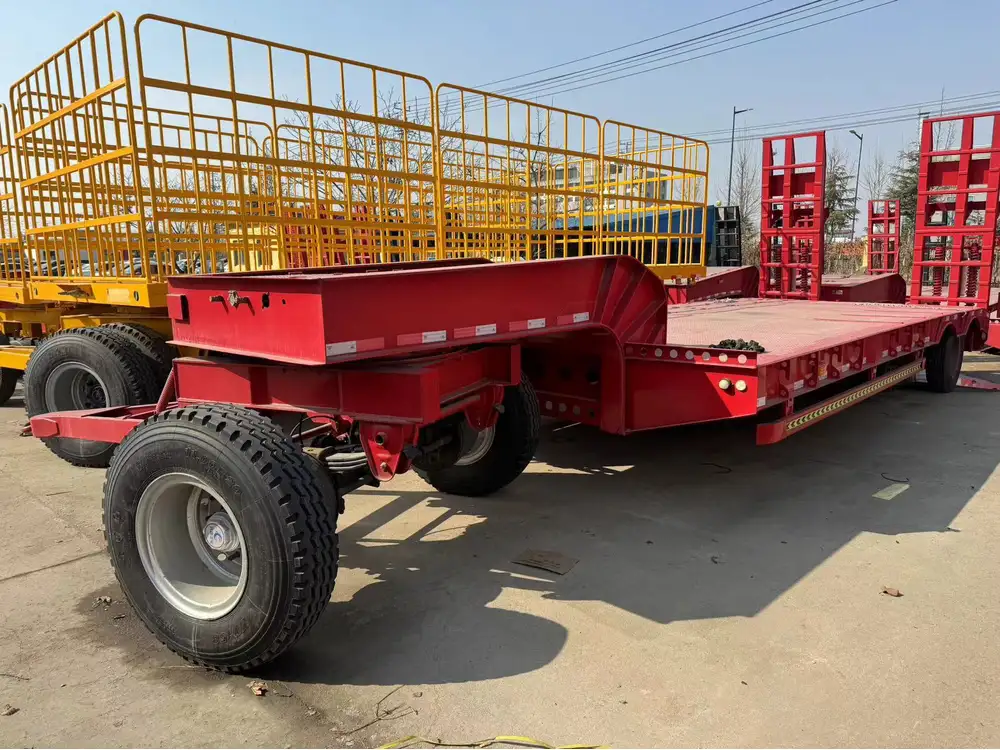
2. How can I ensure my tanker fleet remains compliant with changing regulations?
To maintain compliance, it is essential to stay informed about regulatory updates, conduct regular inspections and maintenance, invest in ongoing training for personnel, and utilize advanced technology for monitoring and reporting. Partnering with manufacturers like CarMax Trailer can also provide access to compliant designs and expert guidance on adhering to current and future regulations.
3. What are the environmental regulations related to tanker operations?
Environmental regulations for tanker operations include emission standards to control greenhouse gases and particulate matter, spill prevention and response requirements, waste management protocols, and mandates for sustainable practices such as using eco-friendly materials and fuel-efficient technologies. These regulations aim to minimize the environmental impact of tanker transportation and promote sustainability within the industry.
4. What safety features should I look for in a compliant tanker?
Key safety features in a compliant tanker include pressure relief valves, emergency shutoff systems, fire suppression systems, double-hulled designs, spill containment systems, and advanced sensors for real-time monitoring. These features enhance the safety of both the cargo and the personnel involved in transportation, reducing the risk of accidents and environmental hazards.

5. Why is regular training important for personnel handling hazardous materials?
Regular training ensures that personnel are knowledgeable about the latest regulations, safety protocols, and emergency response procedures. It equips them with the skills to handle hazardous materials safely, respond effectively to incidents, and maintain compliance with legal requirements. Continuous education and certification help prevent accidents, reduce risks, and promote a culture of safety within the organization.



